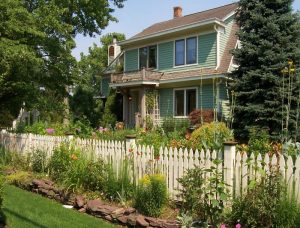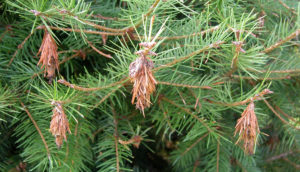NJ Secretary of Agriculture Doug Fisher has shared this attached letter inviting the agricultural community to join a virtual “Ag Stakeholder Engagement Call” on May 25 at 2:00 p.m. Hosted by the Departments of Health, Labor and Agriculture, the Commissioners and Secretary will discuss NJ’s response to COVID-19, provide updates on mitigation efforts and guidance, provide science-based information on the COVID vaccines, and answer questions.
This is a virtual Microsoft Teams meeting
Join on your computer or mobile app: Click here to join the meeting
Or call in (audio only): +1 856-338-7074,,487903588# United States, Camden
Phone Conference ID: 487 903 588#
Find a local number | Reset PIN | Learn More | Meeting options



